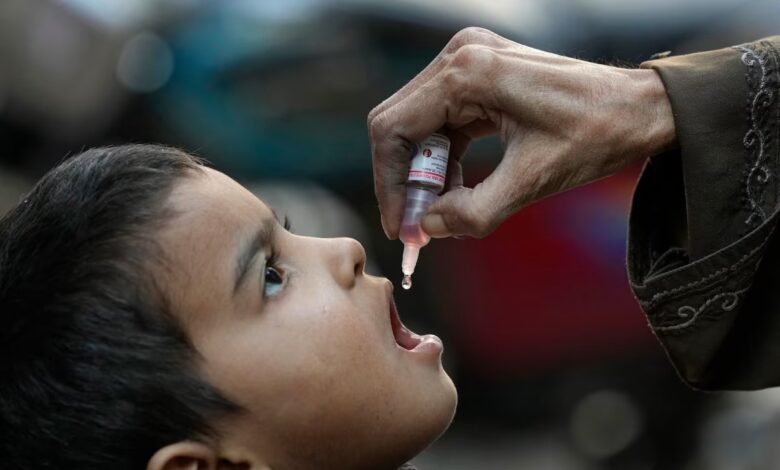UN: 14 Million Children Unvaccinated in 2024

More than 14 million children worldwide did not receive a single routine vaccine dose in 2024, according to a joint report by the World Health Organization (WHO) and UNICEF. The number remains unchanged from the previous year, signaling stalled progress in global immunization efforts.
While 89% of infants received the first dose of the diphtheria, tetanus, and whooping cough (DTP) vaccine, only 85% completed the full three-dose series. The majority of unvaccinated children were concentrated in nine countries, including Nigeria, India, Sudan, and Indonesia.
The report highlighted how political decisions and shrinking international aid are undermining global vaccination programs. The withdrawal of the U.S. from the WHO, the shutdown of major aid programs, and the U.S. government’s pullback from the Gavi vaccine alliance — fueled in part by anti-vaccine rhetoric from U.S.
Health Secretary Robert F. Kennedy Jr. has contributed to growing gaps in coverage. WHO Director-General Dr. Tedros Adhanom Ghebreyesus warned that misinformation combined with funding cuts could undo decades of global health progress.
Meanwhile, measles is resurging across the globe due to inadequate vaccination rates. Only 76% of children worldwide received both measles vaccine doses, far short of the 95% needed to prevent outbreaks.
The U.S. is currently experiencing its worst measles outbreak in over 30 years, and Europe has seen cases double in a year, with 125,000 reported in 2024. In the U.K., where coverage remains low, a child recently died of the disease, prompting renewed calls for vaccination, with health experts stressing that it’s never too late to get immunized.
The ongoing gaps in vaccine access and the erosion of global health support systems violate children’s fundamental rights, including their right to health, right to life, survival, and development, and the principle of the best interests of the child. Every child deserves timely protection from preventable diseases.





